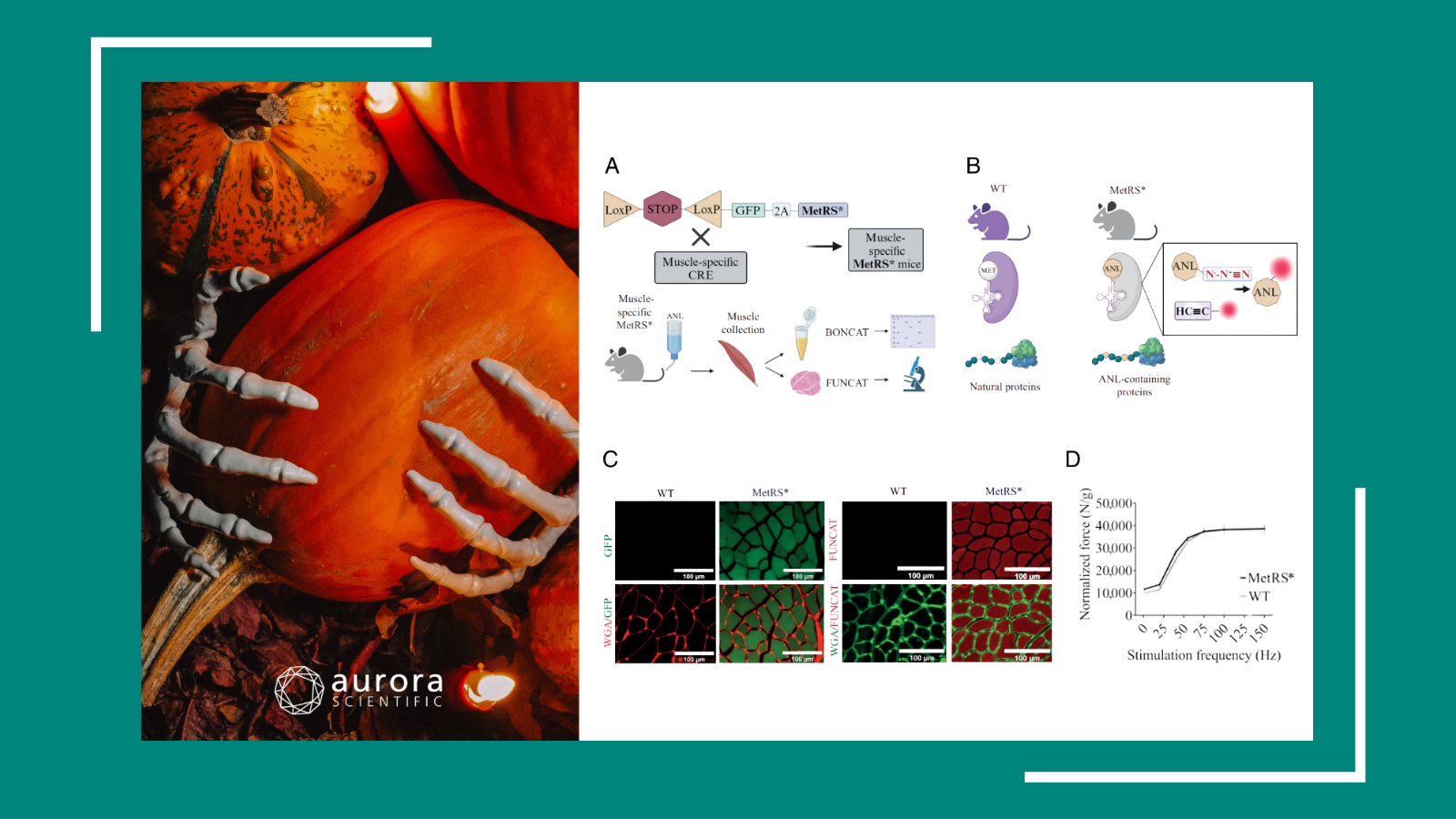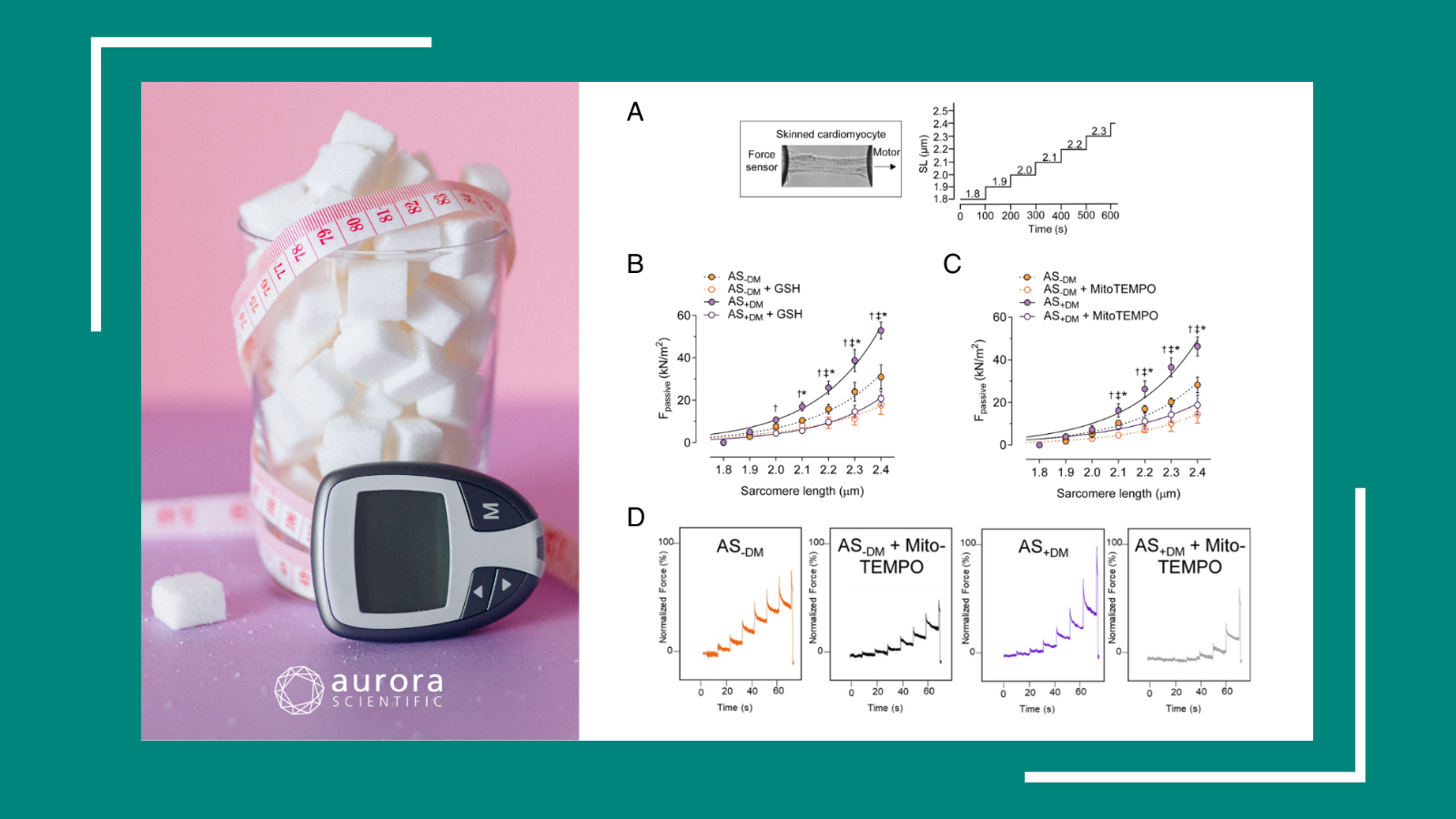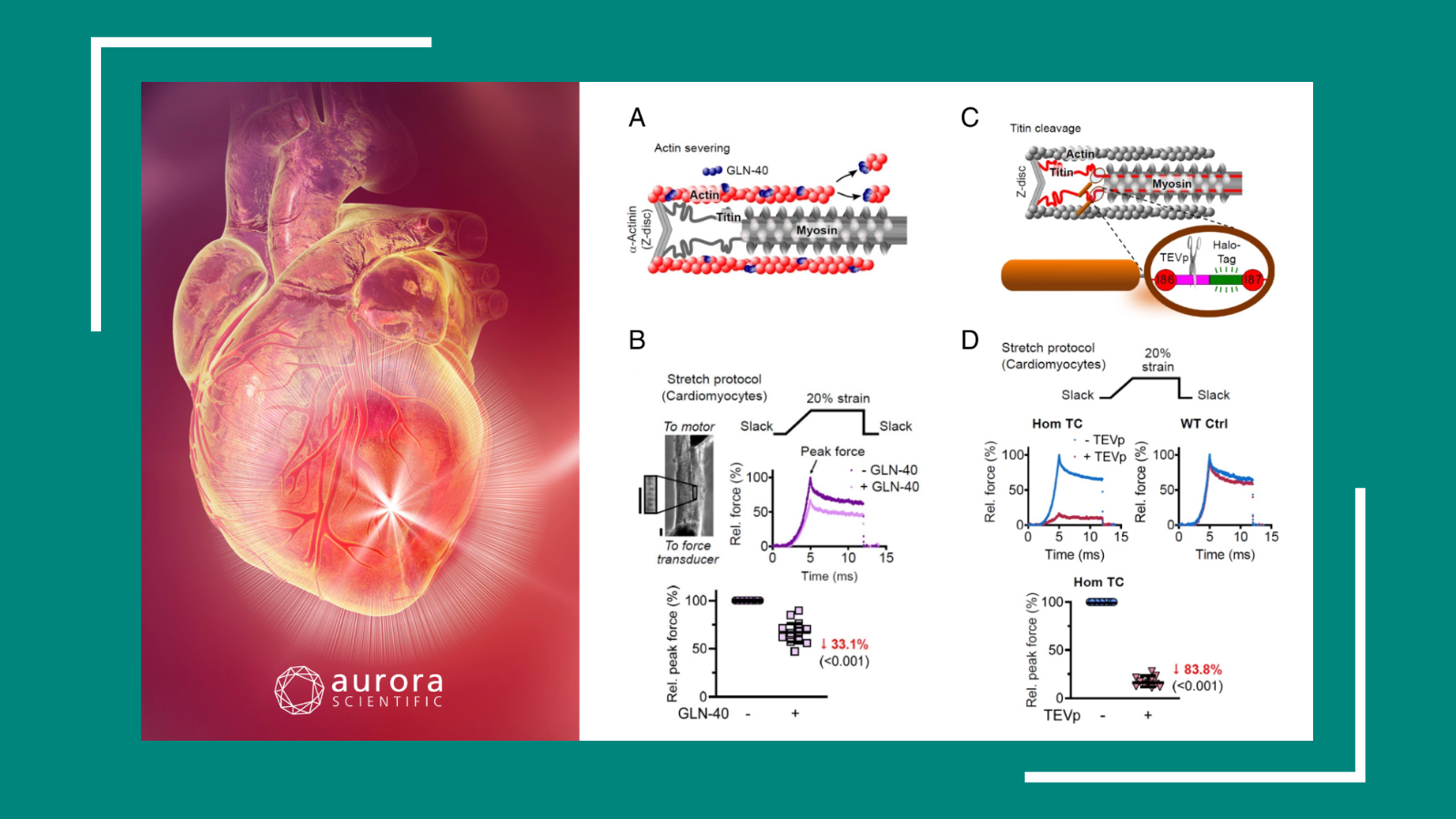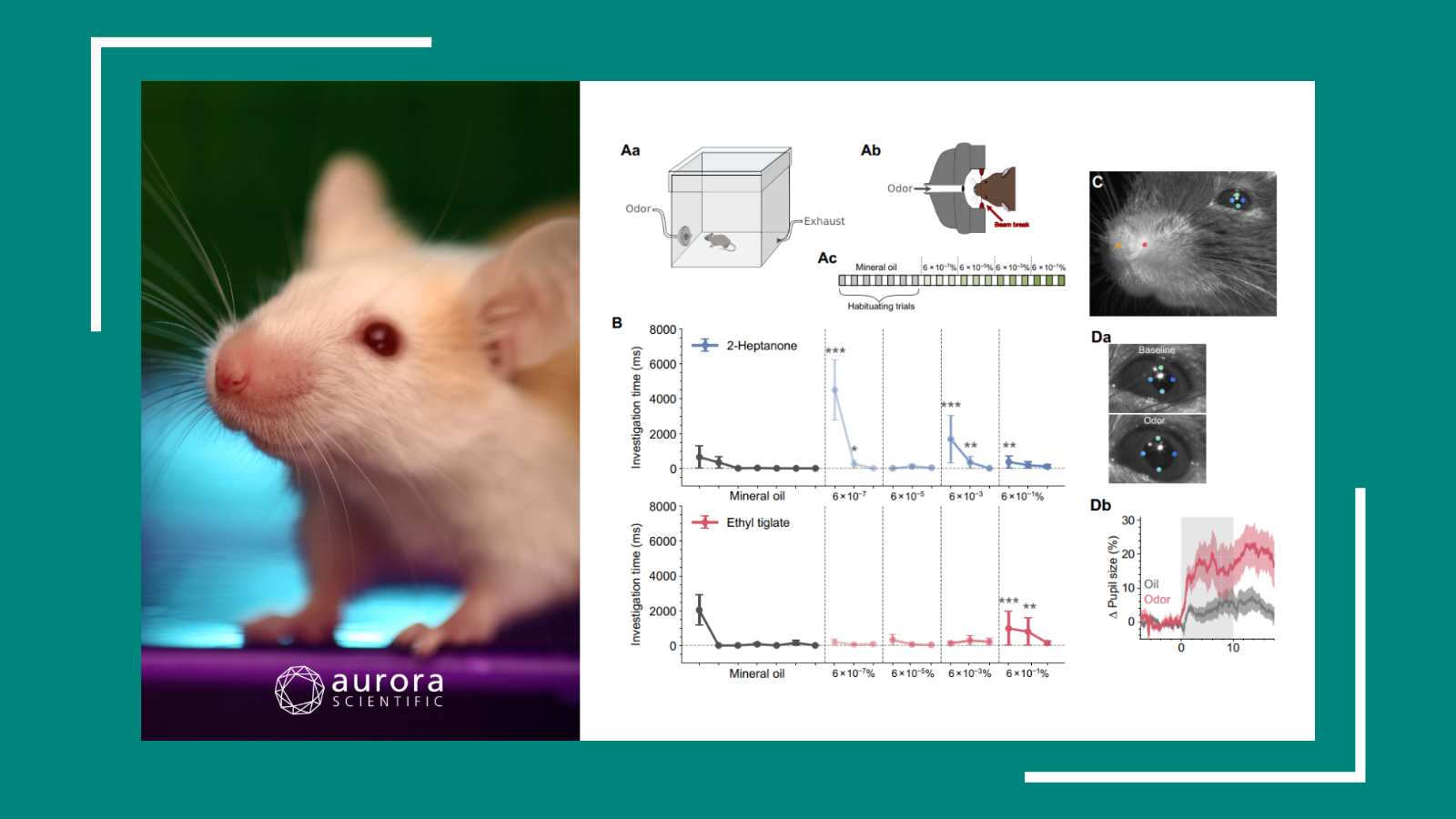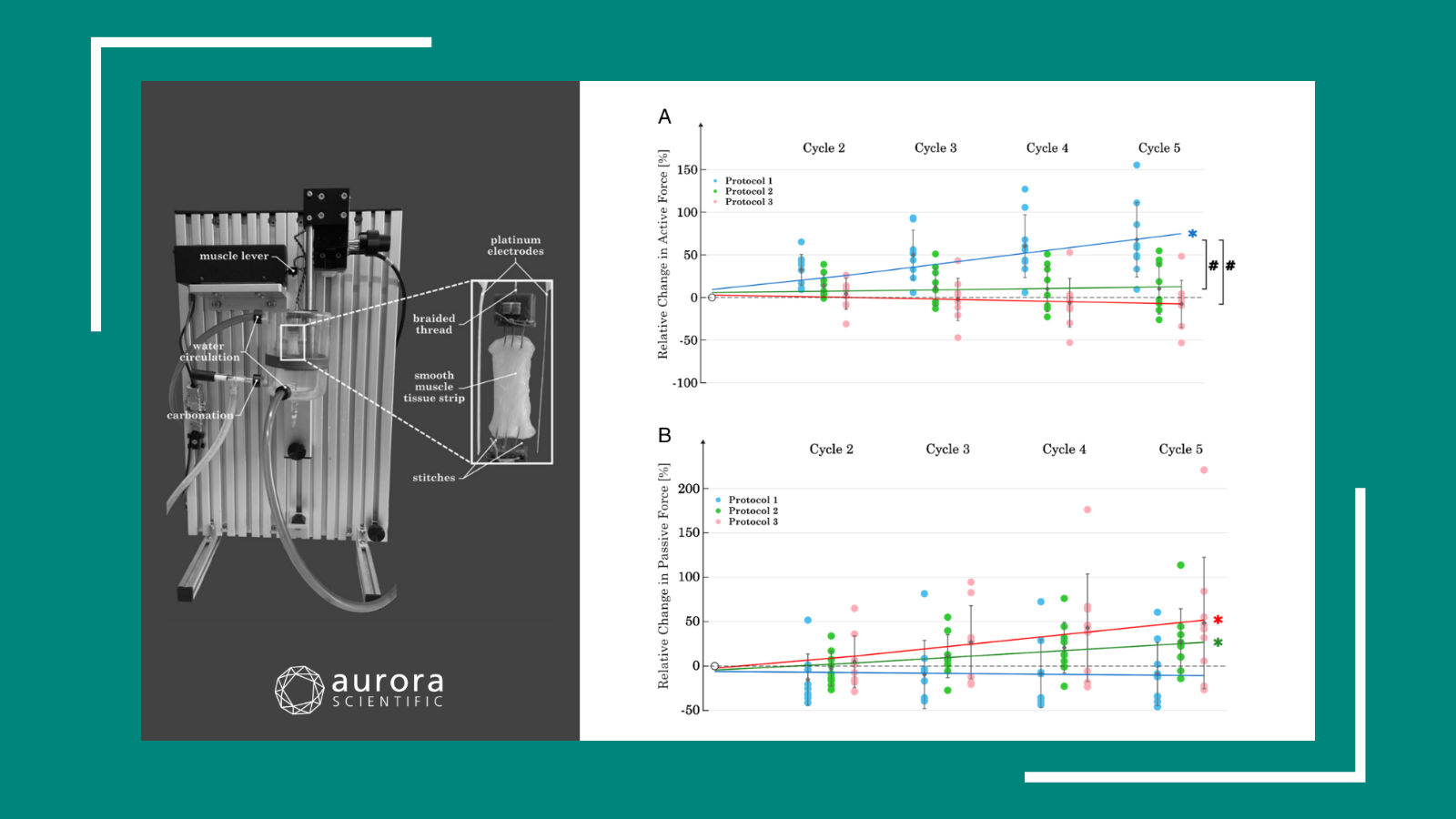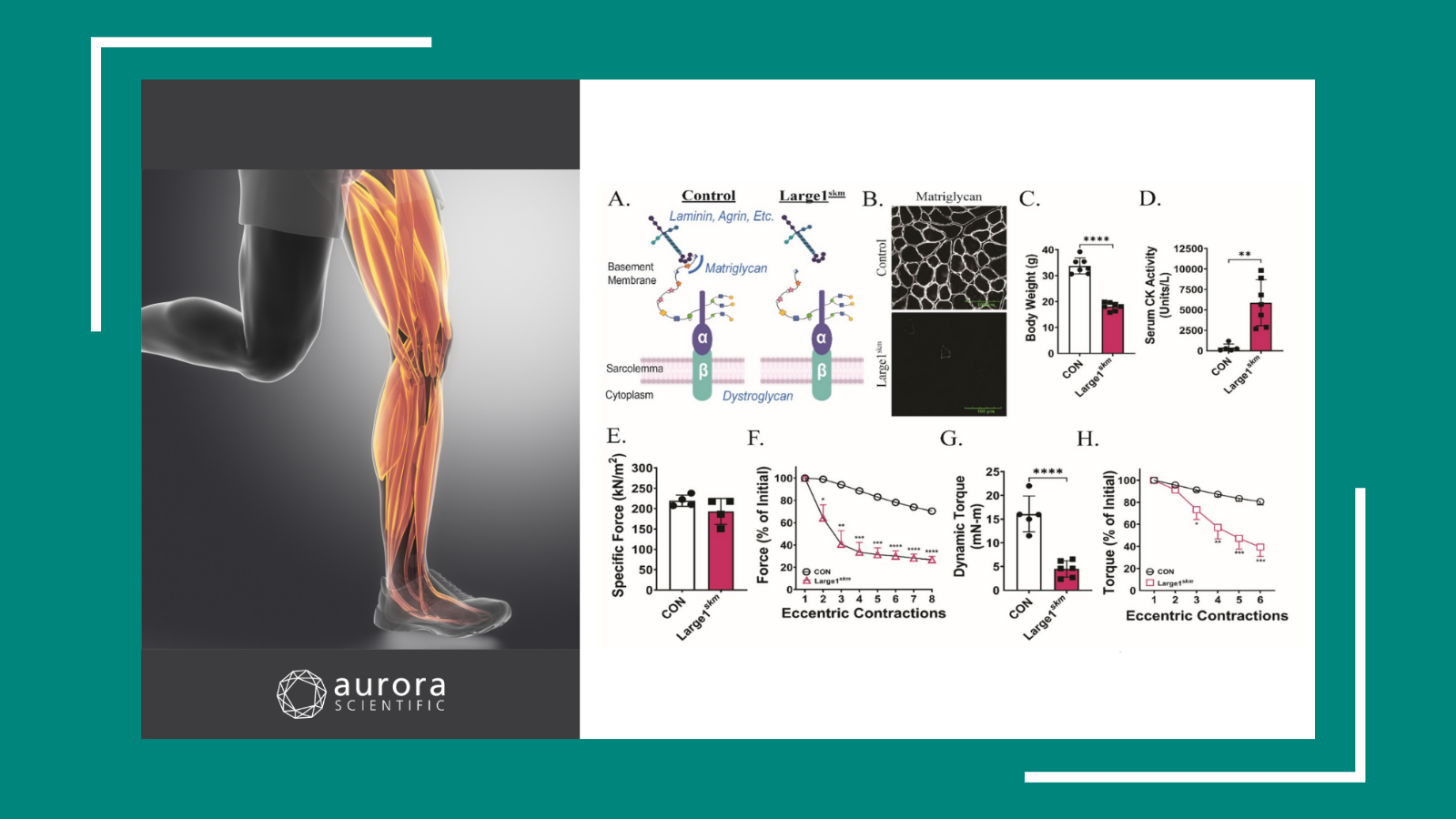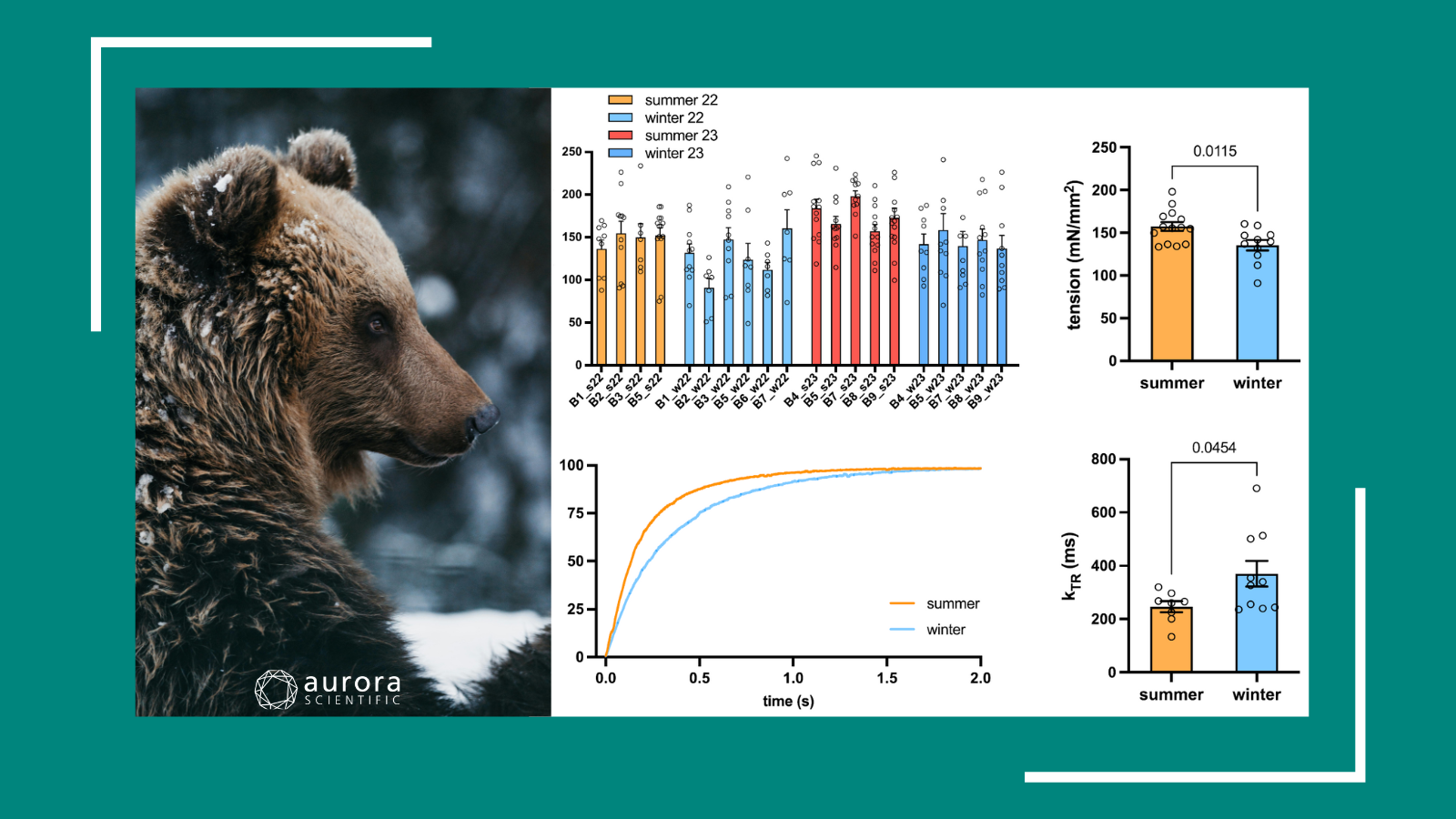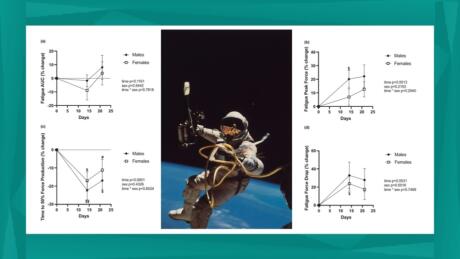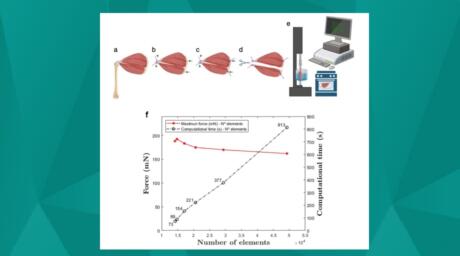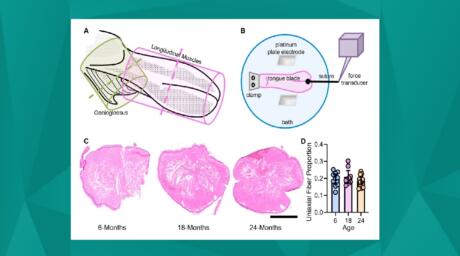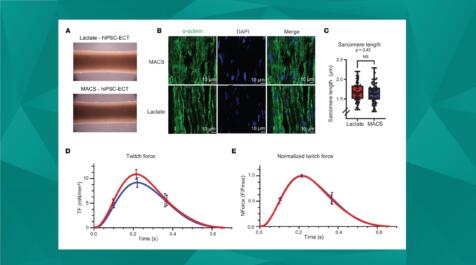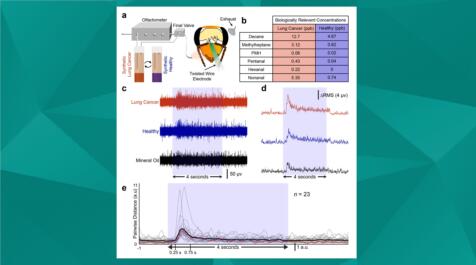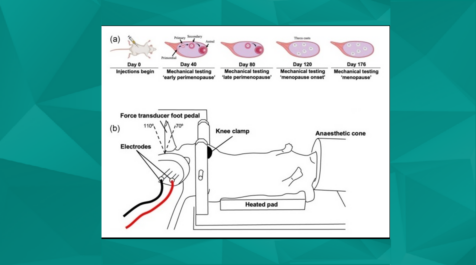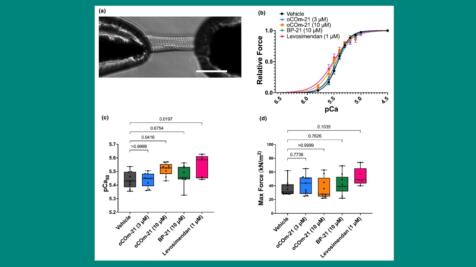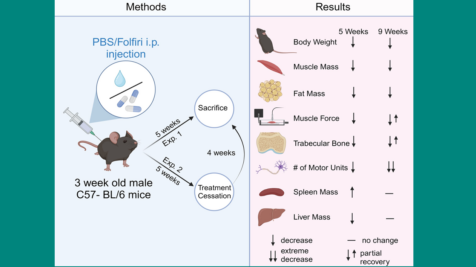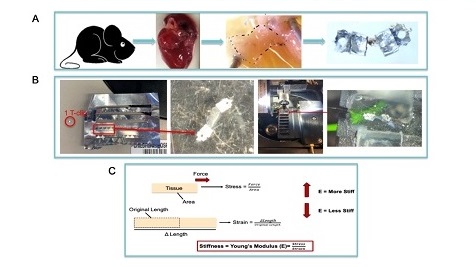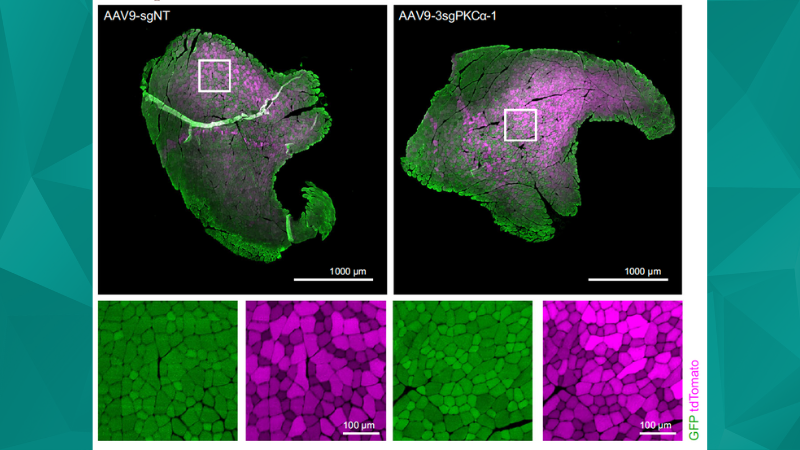Best of 2025: Pushing Scientific Boundaries
Continuing our annual end-of-year tradition, this year’s final publication review spotlights the standout studies that captured the imagination of the field, pushing the boundaries of sensory ...
Nociceptive November
In honour of SfN 2025 this week in San Diego, we’re embracing a pinch of “Nociceptive November” by diving into the nitty-gritty of touch, pain, and everything in between. From brain–computer ...
tWitches, Skeletal Muscles, and Ghost Fibers
This season, we're diving into the realm of fast-tWitches, ghost fibers, and bone-chilling biochemical mysteries. From fucoidan extracts that ward off heat-induced muscle decline, to neural signals ...
Flexing New Insights in Cancer Cachexia
Cancer cachexia stands as a relentless, treatment-resistant syndrome that devastates muscle and metabolism, affecting most patients with advanced cancer and driving poor outcomes worldwide. Ahead of ...
Diabetes Discoveries and Determinations
Over the years, diabetes has been the subject of growing global concern due to its effects on muscle, especially in the heart. In the following publication review, we delve into the latest ...
Research Highlight: Q&A with Dr. Daniel Ham
An in-depth Q&A with Dr, Daniel Ham who offers a behind-the-scenes look at his recent Nature Communications publication, including the study’s conception, execution, and implications for the ...
A Change of Heart: Novel Cardiac Findings
The Basic Cardiovascular Sciences meeting is held annually across the United States, offering a venue to explore, share, and collaborate on the latest cardiovascular insights. Without missing a beat, ...
Scent-imental Strides: Recent Olfaction Discoveries
The Canadian Neuroscience Meeting (CAN) is hosted in a different Canadian city each year, welcoming in researchers from across the country and beyond. In a scent-imental tribute to our inaugural CAN ...
Fueling Function: Forthcoming Insights in Muscle Physiology
In the spirit of the American Physiology Summit, the following publication review covers forthcoming insights in muscle physiology, including smooth muscle mechanics, a neutralizing treatment for ...
Marching Forward: Recent Skeletal Muscle Discoveries
In conjunction with the Advances in Skeletal Muscle Biology conference, the following publication review digs into the impacts of protein dysfunctions, knockdowns, and modifications on skeletal ...
Down the Rabbit Hole: Breakthroughs in Biophysics
In line with this year’s Biophysical Society Annual Meeting (BPS2025), the following publication review goes down the rabbit hole of biophysics discoveries, including the development of a muscle ...
New Year, New Insights: Unique Models in Muscle Physiology
Ringing in the new year is an exciting time for resolutions, recalibrations, and research. The ‘New Year, New Me’ mindset can help kickstart a period of personal growth, and recent research ...
Best of 2024: Intricate Advancements
As 2024 draws to a close, the following publication review features a collection of selected studies from our annual short-list. From uncovering the evolutionary novelties of sound production in ...
Worth the Weight: Impacts of Microgravity on Muscle Health
In anticipation of the 2024 American Society for Gravitational and Space Research (ASGSR) conference, the following publication launches into the latest insights on microgravity and muscle health.
Forward Advances in Biomechanics
In the context of muscle, the field of biomechanics explores how muscles generate force, produce movement, and interact with the surrounding muscle architecture, such as bones and tendons. These ...
Going to Great Pains: Breakthroughs in Nociception Research
Gearing up for the much-anticipated Society for Neuroscience (SfN) meeting, known as the premier global neuroscience event, this month’s publication review centers around nociception. Here, we ...
Down to the Muscle: Sarcopenia Modelling and Interventions
Over the years, research into sarcopenia and aging has increasingly focused on improved models, mechanistic insights, and intervention testing. To highlight this trend, the following review covers ...
Hearty Insights: Recent Advances in the Cardiac Field
Coming off the heels of this year’s Basic Cardiovascular Sciences Scientific Sessions (BCVS 2024), the following publication review focuses on an array of cardiac research, ranging from human ...
Scent-sational Developments in Neuroscience
In anticipation for ISOT 2024, taking place every 4 years, June's publication review encompasses a proof-of-concept for a novel biological sensor and novel insights into odour perception in the ...
Women’s Health Month: Strides in Muscle Physiology
In honour of Women's Health Month, May’s publication review covers recent advances in female-focused muscle physiology research. These investigations into gradual ovarian failure, the impact of ...
Spring into Action: Proteins of the Myofilament
In anticipation of the upcoming Myofilament Meeting, April’s publication review covers recent advances in the myofilament field. From the effects of inotropic agents on cardiac myofilament Ca2+ ...
Moving Mountains: Recent Feats in Muscle Physiology
As we March towards the 2024 American Physiology Summit, this month’s publication review covers recent advancements in the realm of muscle physiology, including the development of an improved ...
Tackling the Heart of the Issue: Advances in Cardiovascular Research
February notably marks “Heart Month”, aiming to highlight the importance of cardiovascular health and its critical implications on our overall wellbeing. Tackling the heart of the issue, several ...
Molecular Deep Dives in Force Production
As we launch full force into 2024, studies exploring the molecular underpinnings of force production in mice have blazed the trail of functional muscular research. From calcium dynamics during muscle ...
Best of 2023: Across Countries and Applications
2023 has proved to be a particularly fruitful year for scientific discovery, with a multitude of pioneering studies spanning continents and disciplines. From the intricate workings of muscle ...



